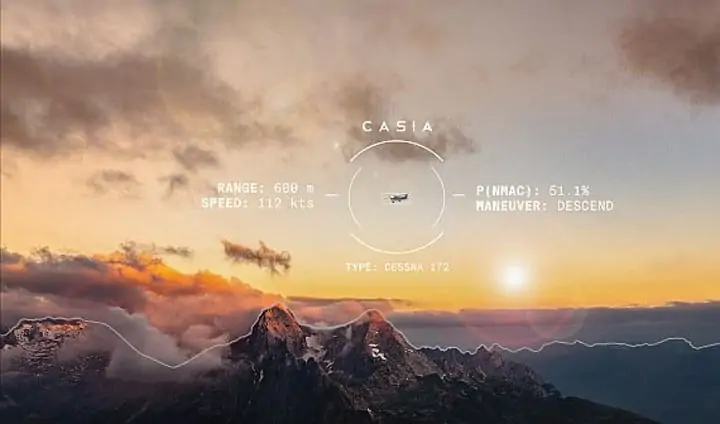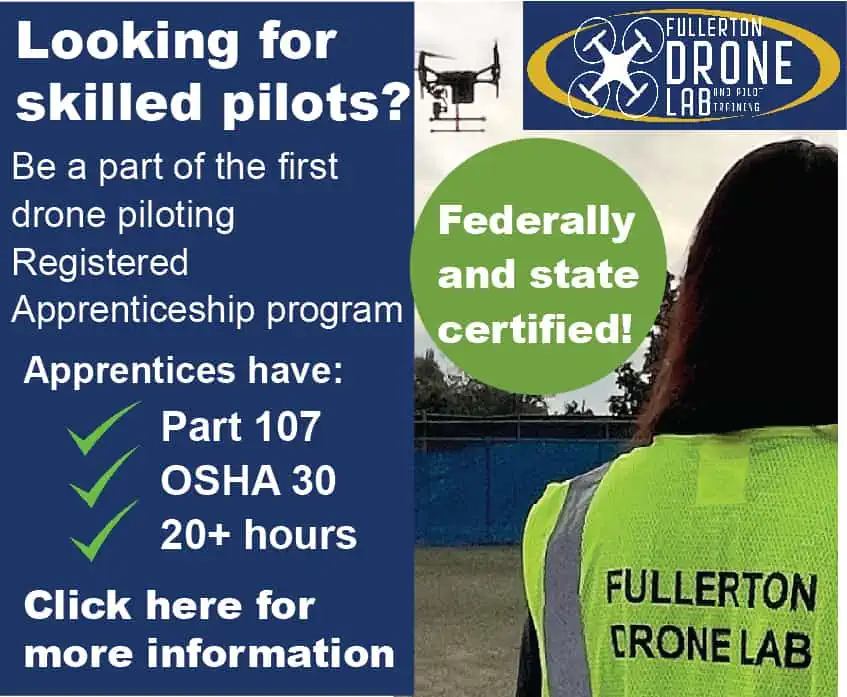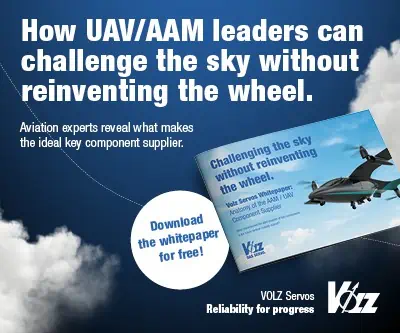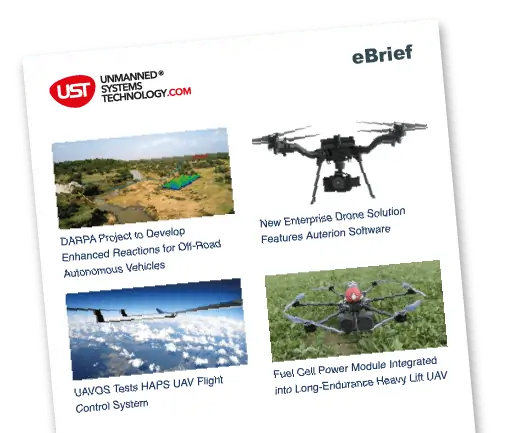Iris Automation has been selected by the Federal Aviation Administration (FAA) to participate in the newly formed BVLOS (beyond visual line of sight) ARC (Aviation Rulemaking Committee). The new committee, announced at the virtual AUVSI FAA Symposium, will provide recommendations to the FAA for performance-based regulatory requirements to normalize safe, scalable, economically viable, and environmentally advantageous BVLOS drone operations that are not under positive air traffic control (ATC).
The ARC, along with the FAA’s BEYOND UAS integration program, are intended to assist the FAA in establishing safety and performance standards for BVLOS operation. The BEYOND program provides real-world operational learning in the field and ARC suggests specific regulatory recommendations, working with a wide range of entities such as academia and standards bodies, state/local/tribal and territorial bodies, technology companies, traditional aviation associations, UAS associations and manufacturers, and drone operators.
Iris Automation participates in the Federal Aviation Administration’s ASSURE program and the BEYOND program to advance complex BVLOS UAS operations in the US National Airspace System. As part of the BEYOND Program, Iris has so far partnered with four lead participants – the City of Reno, Kansas Department of Transportation, the University of Alaska Fairbanks (ACUASI) and the Choctaw Nation of Oklahoma. Iris had also previously partnered with each of these lead participants in the FAA’s UAS Integration Pilot Program (IPP).
Steve Dickson, FAA administrator, said during his keynote address at the Symposium: “I’m pleased to announce that the FAA is forming a new Aviation Rulemaking Committee, or ARC, to help the agency develop a regulatory path for routine Beyond Visual Line of Sight operations. This committee will consider the safety, security and environmental needs, as well as societal benefits, of these operations. Within six months, the committee will submit a recommendations report to the FAA. I think we can all agree this is a big step forward, and it will help pave the way for routine package delivery, infrastructure inspection, and other more complex drone operations beyond the visual line-of-sight of the remote pilot.”
Jon Damush, CEO at Iris Automation, commented: “Iris Automation is committed to developing critical detection technologies and working closely with global policymakers and regulators to develop appropriate BVLOS safety standards. We are therefore honored to be selected to contribute to this progressive and continued effort by the FAA to work towards establishing real-world guidelines in making UAS operations safe and scalable throughout the United States. Building on the critical work already achieved by the FAA’s IPP and now BEYOND programs, we look forward to continuing our participation in this extremely valuable industry/regulator collaboration.”



















